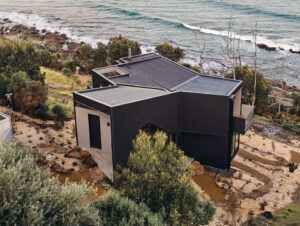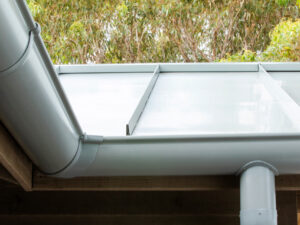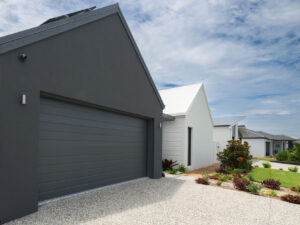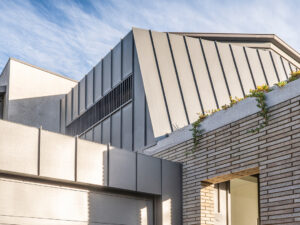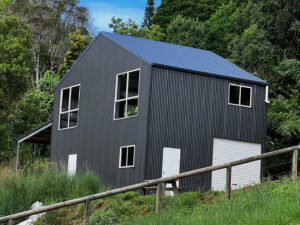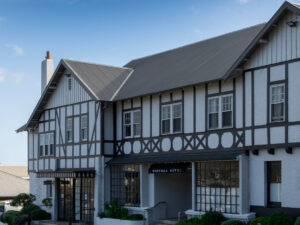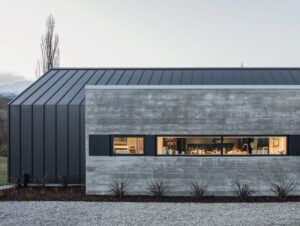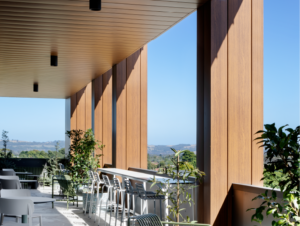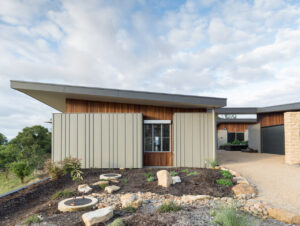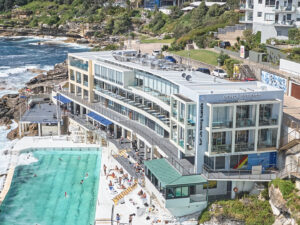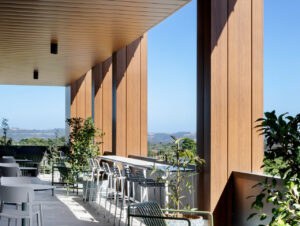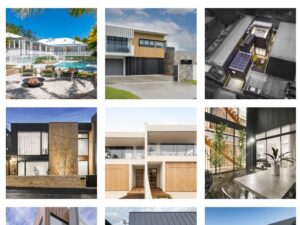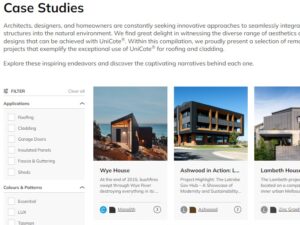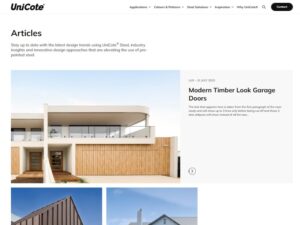Differences in shapesffects in G550 and G300 products
Despite similarities in appearance, the causes of shape effects in G550 and G300 can be quite different.
Oil canning can be defined as a perceived waviness in flat metal roofing panels and componentry, such as quad gutter and fascia. It is an inherent part of light gauge metal roofing products and can be particularly problematic in products made using stress relieved but non-annealed structural grade steels (i.e. G550). Oil canning is generally caused by the residual stresses induced during the manufacturing process (skinpassing and tension levelling) and can present during metallic coating and painting as a light full centre or wavy edge.
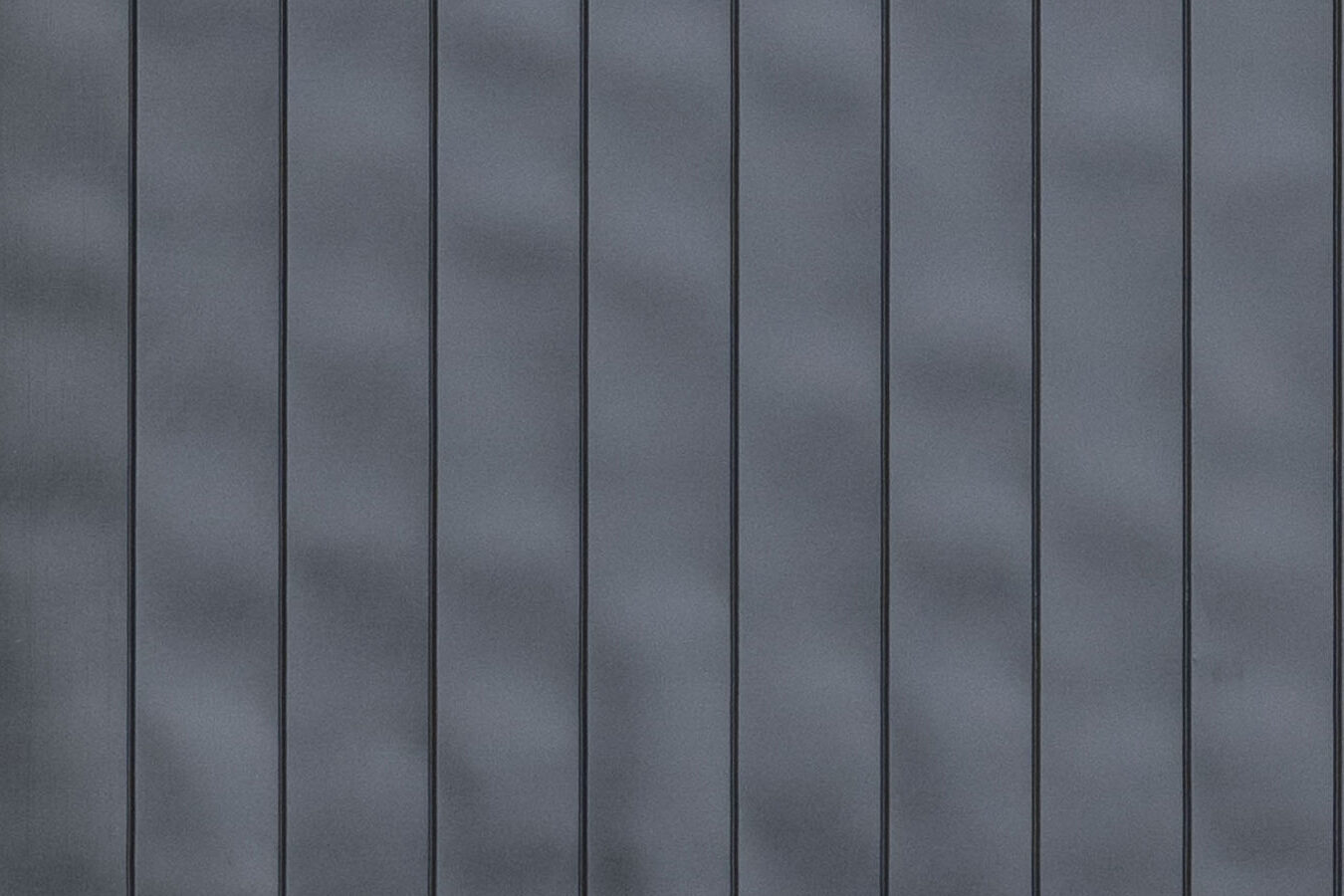
Oil canning is difficult to measure and predict but will vary significantly with roll former set-ups. During the cold forming process thermal expansion and contraction in the metal can result in uneven distribution of the stress produced during the forming of the profile.
A natural variation in mechanical properties on G550 steel means some roll formers will be more susceptible to producing product with oil-canning than others. This variation can be minimised through roll-former set-ups and material properties.
There are no industry standards for what can be considered excessive oil canning, and an understanding of common causes and resultant mitigating actions is best developed by roll former operators. Oil canning can also occur where mechanical properties are typical of G550 product (painted) and are well within the requirements of AS1397: 2011. In terms of oil canning these results can often provide little insight into contributing factors.
It is important also to distinguish between oil canning in G550 products and shape or buckling effects in G300 products. Despite similarities in appearance, G300 products are generally not susceptible to oil canning, and the physical presentation of shape effects are not related to residual stresses but rather simply a result of material flow.
Light gauge, G300 (i.e. fully annealed) cold formed metal cladding with wide flat pan areas may look similar to “oil canning”, which can affect the aesthetics of the building design. These shape effects do not have any adverse impacts on the structural integrity or the weatherproofing of the sheet.
These effects may also be more pronounced as panel width increases and if supporting members (i.e. battens) are further apart. As the material base thickness (BMT) decreases, buckling may also become more severe, particularly if the flatness and plane alignment of the supporting structure is not optimised. Building designers and homeowners should be aware of this and take this into consideration.
Buckling effects in G300 profiles may also vary depending on the time of day (or year) and angle of viewing. They may be more noticeable in darker colours (and gloss finishes) and may also be more prevalent in wider pans and longer sheet runs. Shape distortion may be mitigated by selection of a narrower width panel. Installers should also avoid over-driving fasteners, as this can contribute to shape effects by distorting and creating stresses in the panel.
Optimisation of roll former set-ups, and best practice installation techniques are generally the keys to minimising shape effects in G550 & G300 steels post roll forming.
—
Garth Weston
Selection Steel, Technical Manager
WITHOUT PREJUDICE
